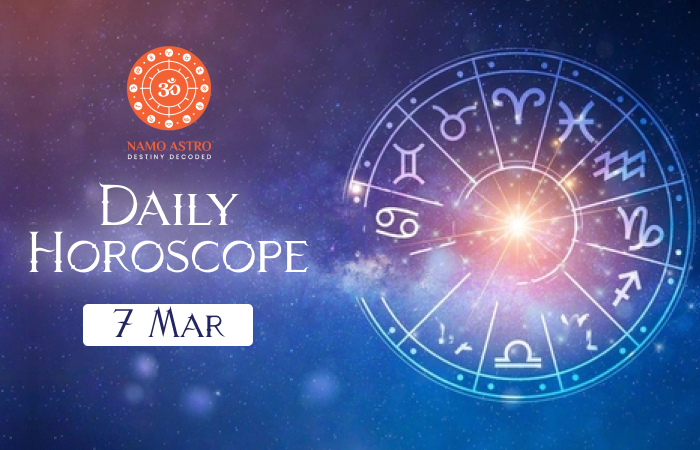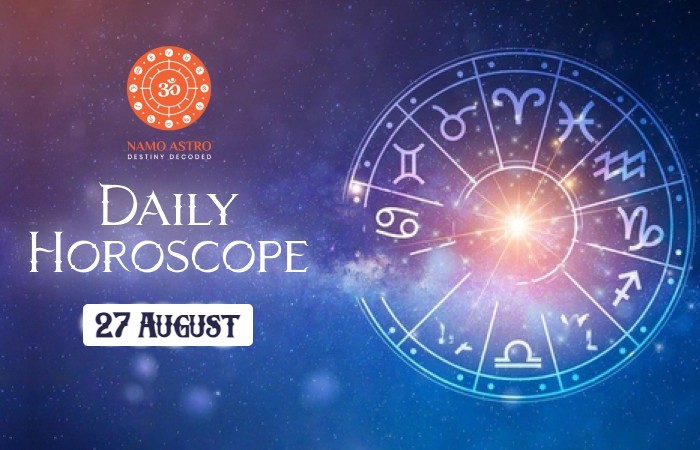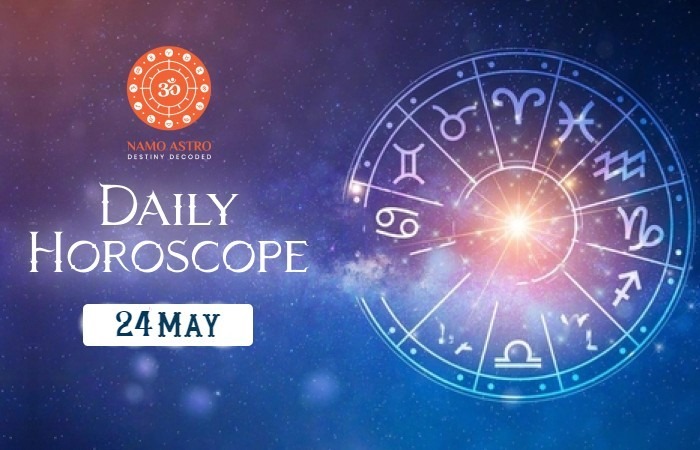Gaya: The Most Sacred Land for Pind Daan and Shraadh

Gaya is one of the most sacred places for Sanatan Hindus since time immemorial. However, people visit Gaya for a completely different reason and that is to offer homage to their forefathers and ancestors through the ritual of Shraadh and Pind Daan. Though there are many other revered places for Shraadh and Pind Daan, the significance of Gaya is very distinct. The reason, the world-famous Pitru Paksha fair that is held every year during the Pitru Paksha period for 17 days is held in Gaya. Every year, thousands of people (Pind Dani) from India and abroad reach Gaya (also known as Mokshadham) in Bihar during this period. As per Sanatan Hindu Dharma, it is believed during these days our forefathers and ancestors come down on Earth and stay here for 17 days to bless us. It is the duty of every son or family member of those departed souls to satisfy them through Tarpan and Pind Daan. The period starting from Pratipada of Ashwin Krishna Paksha till Amavasya is considered as Pitrapaksha. According to Vedic tradition and Hindu beliefs, performing Shraadha with reverence for ancestors is an excellent work.
According to the belief, the sonship of a son is considered meaningful only when he serves his living parents during his lifetime and after their death, he performs proper Shraddha for them on their death anniversary (Barsi) and Mahalaya (Pitrapaksha).
What is the Story Behind the Origin of Gaya Tirtha?
According to Sanatan Hindu scriptures a demon named Gayasur, in the lineage of Bhasmasur, had performed rigorous penance and sought a boon from Lord Brahma that his body would become pure like that of the gods and people would be freed from their sins just by seeing him.
After receiving this boon, the population of unrighteous people started increasing in heaven. To avoid this, the gods asked Gayasur for a sacred place for the Yagya. Gayasur offered his body to the gods for Yagya.
When Gayasur lay down after the Yagya, his body spread across five kos. This place later became Gaya. Gayasur asked for a boon from the gods that this place should remain a place of salvation for the people. May those who perform Pind Daan here with the desire to offer tarpan to someone, attain salvation. This is the reason why even today people come to Gaya for Pind Daan to appease their ancestors.
Other Places You Can Visit Are:
- Vishnupad Temple
- Gaya Pind daan
- Rajayatna Tree
- Mangla Gauri Temple
- Dungeshwari Cave Temples
- Koteshwarnath Temple
Special things related to Pitru Paksha
- Pitru Paksha is the time to remember the good deeds of one’s tribe, tradition, forefathers and ancestors and take a pledge to follow in their footsteps.
- In this, ‘Tarpan’ i.e. donation of water and ‘Pind Daan’ i.e. donation of food offered by a person with reverence towards his ancestors is called Shraddha. Gaya in Bihar is considered the most sacred land for Pind Daan. Here the ancestors attain salvation by performing Shraadh and Tarpan.
Pind Daan and the Legend of Bhagwan Ram in Gaya
According to the legend, when Lord Rama was returning to Ayodhya in Pushpak Vimana with Mother Sita and Brother Lakshman after conquering Lanka, he stopped for a rest on a hilltop of Gaya (which is today called Ram Sita Parvat).
At the same time, King Dashrath’s hand came out from the mountain and a voice came that son, you should go to the holy land of Gaya and offer me Pind Daan so that I can get salvation. It is believed, that Raja Dasrath’s Pind Daan was performed on the same mountain. According to the belief of the Hindu religion, even after death, the human soul remains in the materialistic world. After death, the body gets destroyed, but people are not able to detach themselves from the world and love for their families. Therefore, they seek their family members to offer them tribute through tarpan and Pind Daan so that they can travel further to Brahma Lok for Moksa (salvation).
Why Pind Daan is Necessary for Every Sanatani Hindu?
Due to kindness and love towards family and friends, the soul remains attached to them. Due to this attachment to the materialistic world, the soul is not able to take its final departure, due to which the soul has to suffer many kinds of troubles. The departed souls want to get rid of worldly attachments, but it is not possible.
They are unable to separate themselves from the materialistic world. According to Hindu belief, Pind Daan provides final relief to the soul and paves the way for the departure of the soul to ultimate peace (moksha).
How to Perform Pind Daan?
First take out the parts of crow, dog and cow symbolising Yama (add some parts from all the food items in it)
Then take milk, water, sesame seeds and flowers in a vessel. Offer tarpan three times with kush and black sesame seeds. Om Pitrudevatabhyo Namah, keep reading. Take a vessel of water in your left hand and keep offering a tarpan by pouring water on it while pointing the thumb of your right hand towards the earth. You can donate whatever clothes you want for your ancestors.
Consult a professional Pandit and astrologer to learn more about the Shraadh and Pind Daan rituals.
Frequently Asked Questions
Q: Where is Gaya located?
A: Gaya is located in the Eastern Indian state of Bihar.
Q: What is Gaya famous for?
A: Gaya is one of the most revered Sanatan Hindu pilgrimage sites, famed for Shraadh and Pind Daan of forefathers.
Q: What rituals are done in Gaya?
A: The ritual of Pind Daan and Shraadh is done all through the year on the banks of the Falgu River (a tributary of the Ganges) in Gaya. This holy city of Bihar is considered the most sacred for the Shraadh ceremony. However, during the auspicious Pitri Paksh mela, Gaya is visited by thousands of Sanatani Hindus to observe Pind Daan and Shraadh. It is a 17-day fair, dedicated to our Pitras (our forefathers and ancestors).
Q: Which is the nearest airport to Gaya city?
A: The recently built Gaya Airport, also known as Bodhgaya International Airport is the nearest airport to one of the holiest cities in India. Gaya is one of the most sacred cities for Hindus and is also popular for Bodh Gaya (a world-famous Buddhist pilgrimage), located just 5 km from Gaya.
Q: Is Gaya and Bodh Gaya the same?
A: No, both are not the same. Bodh Gaya or Buddha Gaya, is about 5 km away from Gaya and is given the name Bodh Gaya to distinguish it from the Hindu holy city of Gaya. Bodh Gaya is one of the four holiest sites of Buddhism and is known for being the place where Lord Buddha attained enlightenment.
Q: Why is pind daan important in Gaya?
A: Pind Daan at Gaya is considered very important and you will find its mention even in ancient Sanatan Hindu scriptures. It is believed that Pind Daan done at Gaya is also considered a personal way to make offerings directly to Shri Hari Vishnu, thus ensuring all departed souls of our forefathers and ancestors attain Moksha.









